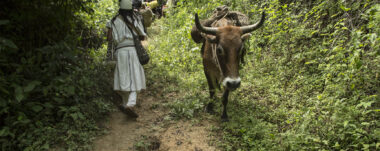The Red-eyed Tree Frog: A Symbol of Costa Rica’s Biodiversity
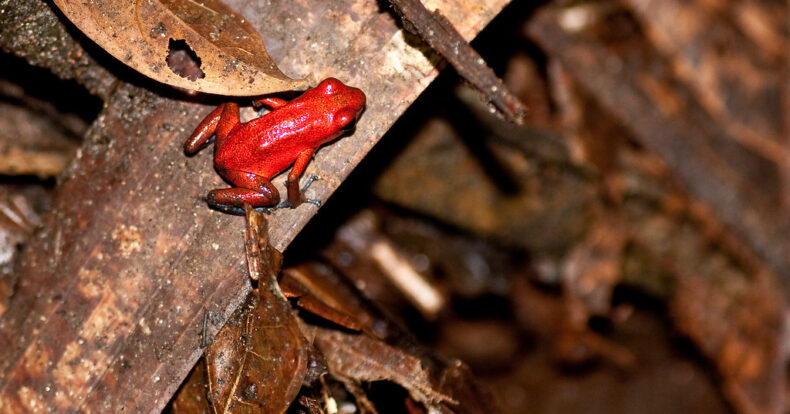
Costa Rica, known for its extraordinary natural wealth, is home to one of the most emblematic and recognized species of its biodiversity: the Red-eyed Tree Frog, also known as the red and blue arrow frog or the “blue jeans” frog. This tiny creature, which barely reaches between 1.5 and 2.5 cm in length, has captured the attention of scientists, ecologists and visitors alike due to its singular beauty and unique characteristics.
Characteristics & Habitat
The red frog inhabits mainly the mountain rainforests of Costa Rica, particularly in protected areas such as national parks. Its body is highlighted by an aposematic color pattern: a vibrant red on the body and blue on the legs. Such coloration is not only an aesthetic attribute, but a clear warning to potential predators of its toxicity. They secrete a poisonous substance through their skin, this natural defense makes them dangerous to handle without proper precautions.
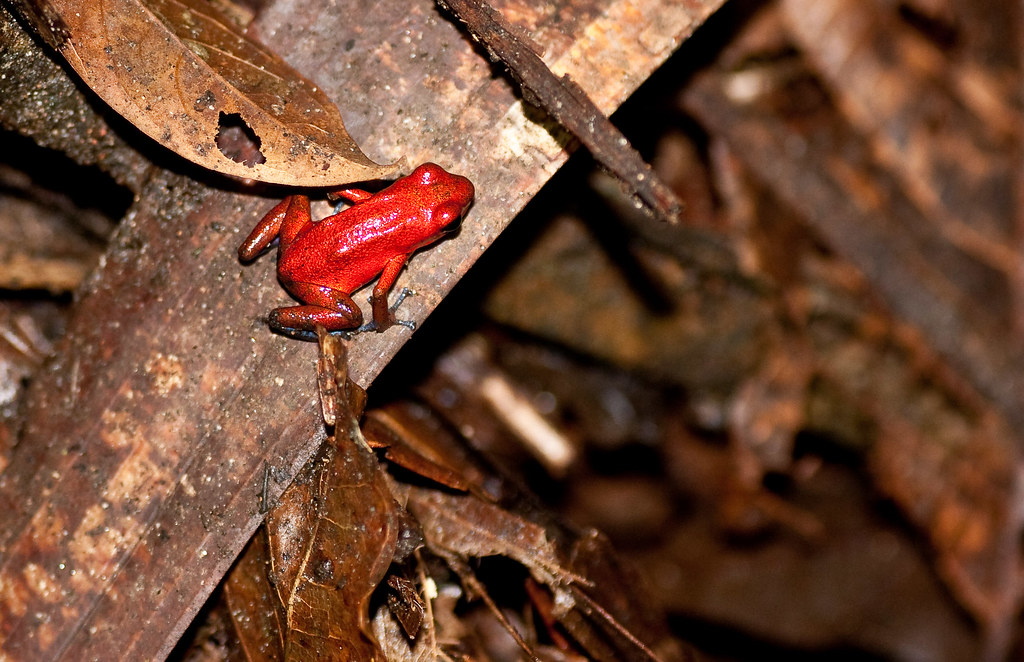
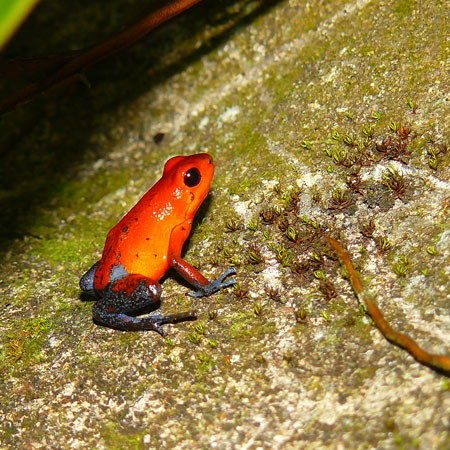
Its aposematic (flashy) coloration warns predators that it contains a potent neurotoxic venom in its skin.
Despite its diminutive size, the red frog exhibits fascinating reproductive behavior. Males use vocalizations to attract females and then guard the eggs until they hatch. Once hatched, the mother transports the tadpoles individually, hiding them in water reservoirs in the axils of bromeliads, where she feeds them with sterile eggs. This method of rearing is not only unique, but crucial to the survival of the species in its natural habitat.
The Red-eyed Tree Frog: Importance and Conservation
The Red-eyed Tree Frog is not only a symbol of Costa Rica’s biodiversity, but also an indicator of the health of rainforest ecosystems. Despite its relative abundance in certain regions such as the Sarapiqui and Tirimbina mountains, the species faces significant challenges due to habitat loss, pollution and climate change. Its rediscovery in Juan Castro Blanco National Park in 2016, after decades without being seen, highlights the importance of conservation efforts and continued scientific research.
Factors that contributed to its reappearance include favorable climatic conditions and the persistence of scientists in the search for suitable habitats.
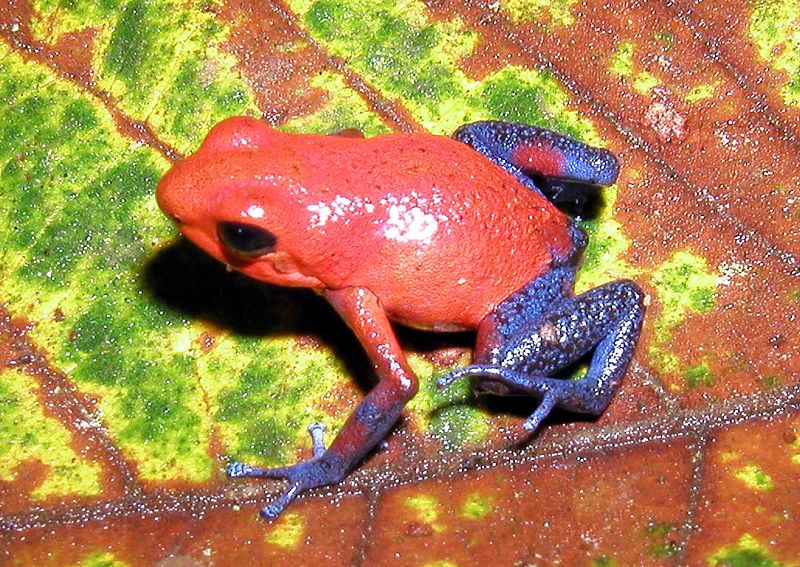
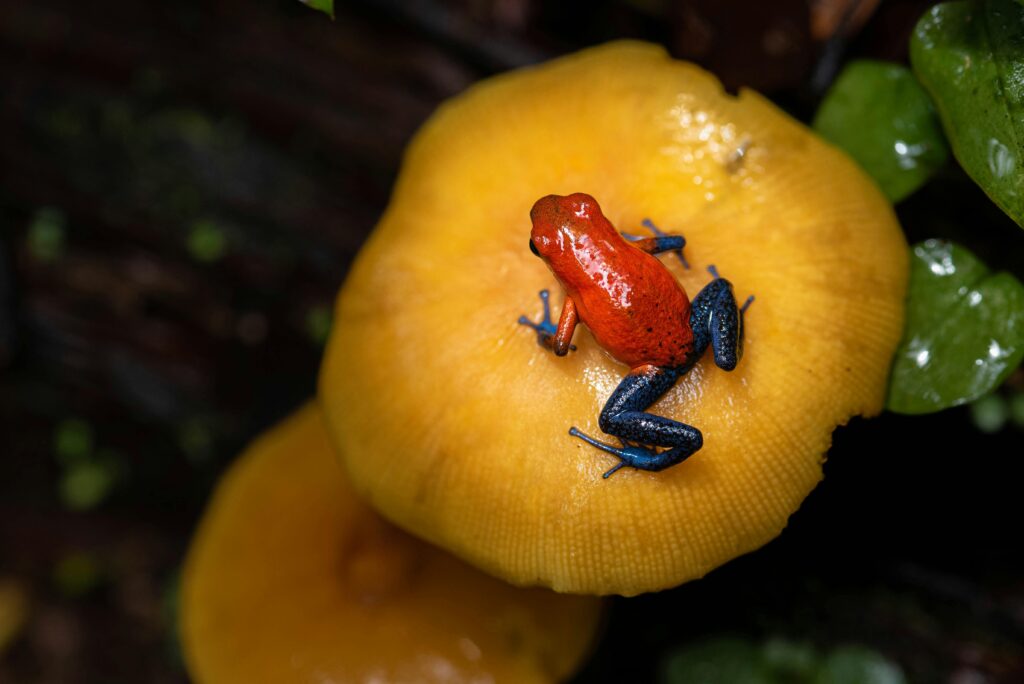
Challenges and Future
Besides the red frog, other endemic species of Costa Rica face serious risks of extinction due to deforestation, climate change, and other human activities. It is essential to continue conservation and environmental education efforts to ensure that these emblematic species continue to thrive in their natural habitat.
To conclude, the Red-eyed Tree Frog represents not only the incredible biological diversity of Costa Rica, but also the urgent need to protect and preserve the ecosystems that support this biodiversity. Its beauty, unique behavior and crucial role in mountain ecosystems make it an icon of conservation and an inspiration for future generations dedicated to environmental protection.
Costa Rica, with its commitment to sustainability and conservation, continues to be a global example of how biodiversity can coexist harmoniously with human development, provided that adequate measures are taken to protect and respect it.
Sensorial Sunsets
Navigate articles





